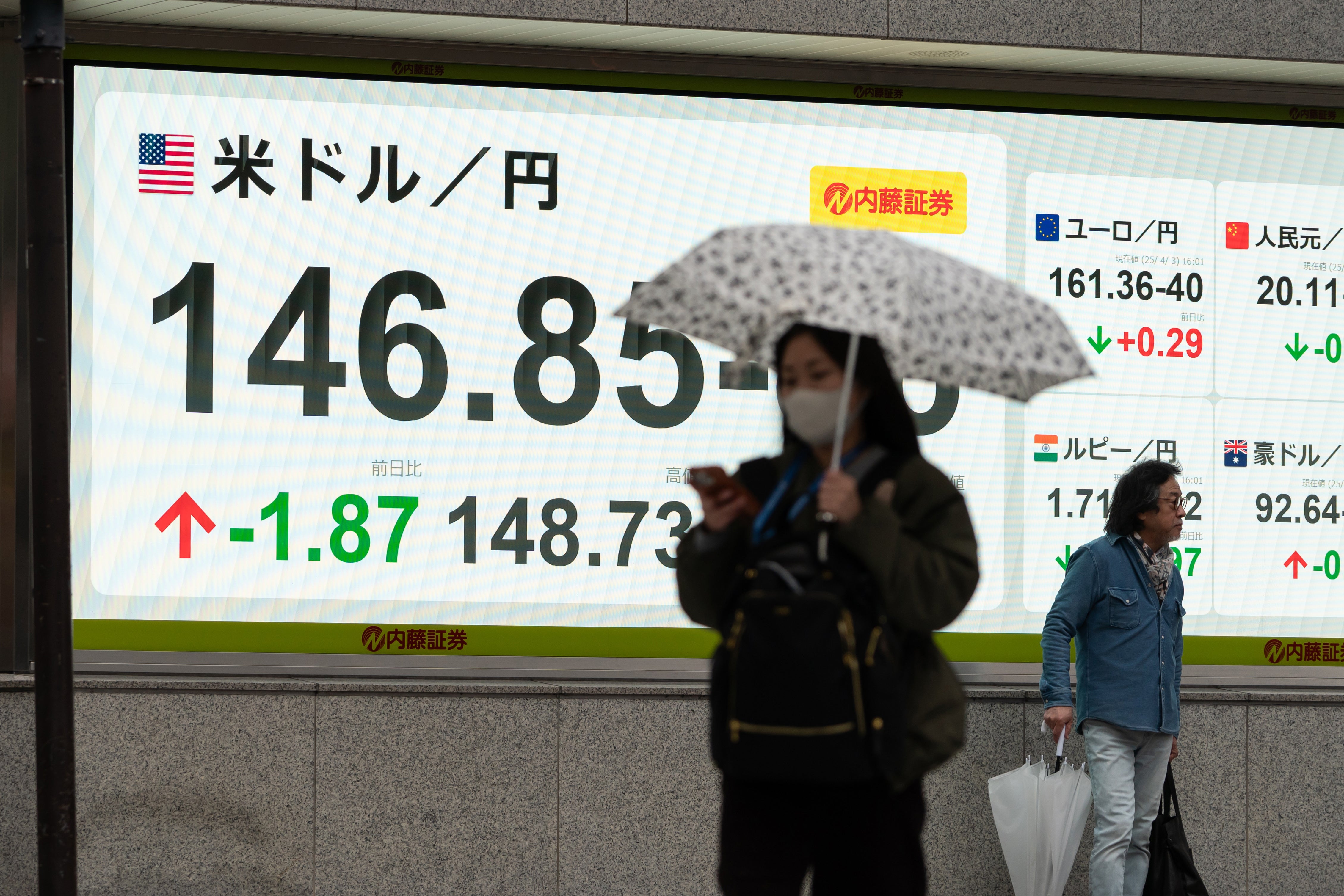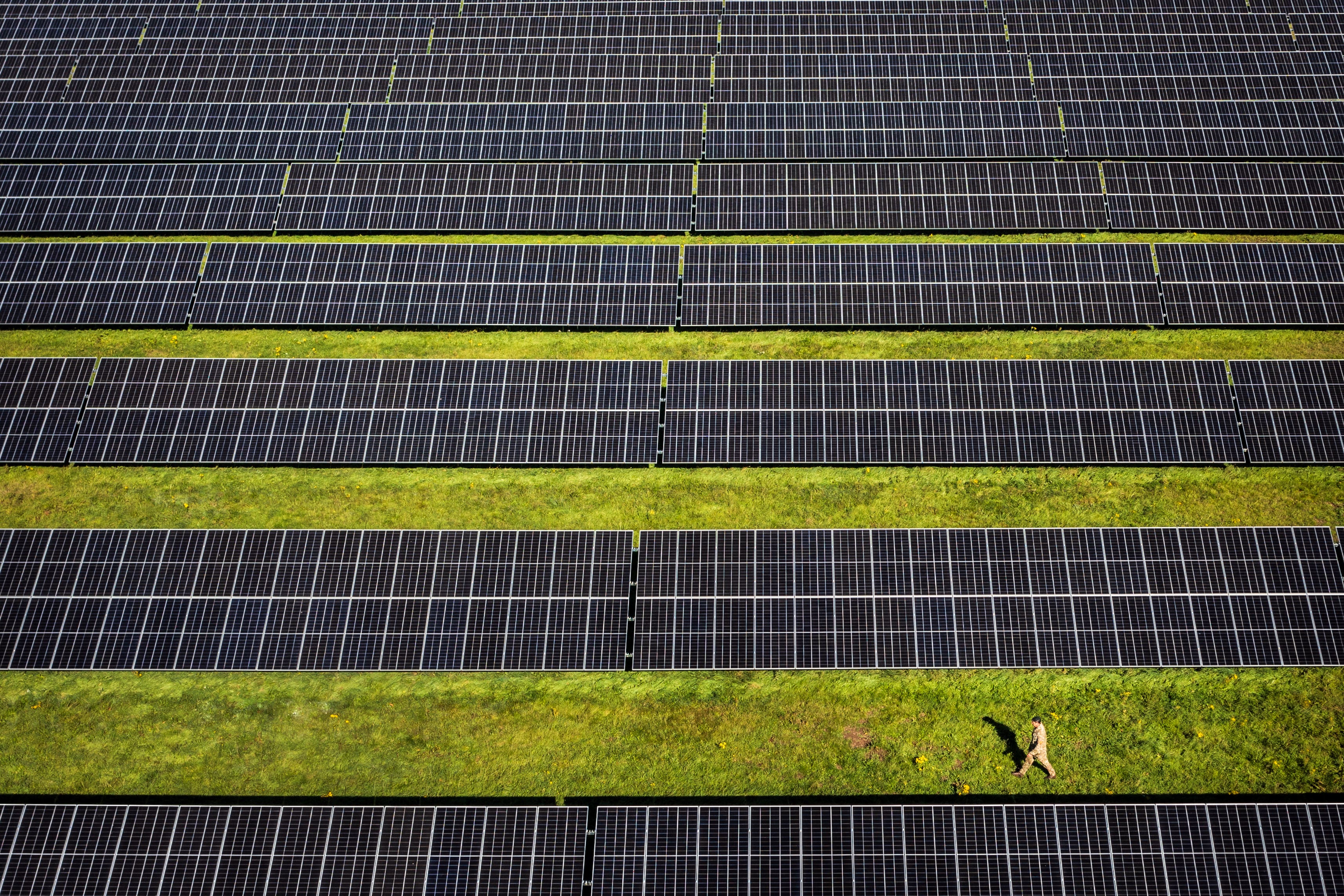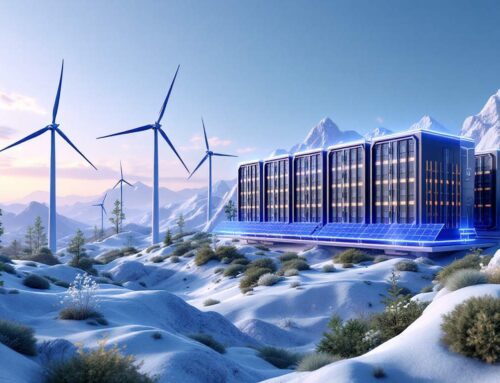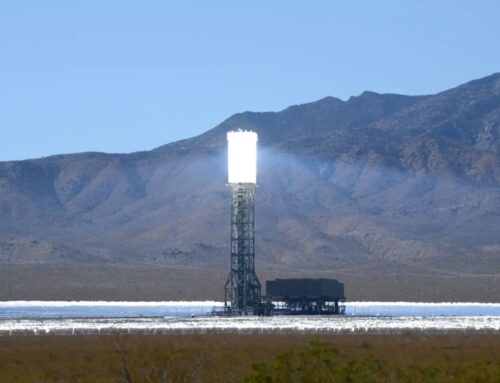Trump’s tariffs cannot stop clean energy revolution, experts say
April 3, 2025
President Donald Trump‘s sweeping new tariffs have rattled global markets and sparked fears of trade wars that could affect everything from consumer prices to climate goals.
As economists warn of inflation and industry leaders brace for higher costs, there are fears that the ripple effects could show in sectors like clean energy, where supply chains depend heavily on global trade.
The new Trump policy imposes a universal 10 per cent tariff on almost all imported goods, with higher “reciprocal” rates targeting some of the biggest trading partners of the US.
China faces a 34 per cent rate, South Korea 25 per cent, Japan 24 per cent, and India 26 per cent. These countries happen to be the world’s leading exporters of solar panels, batteries, wind components, and electric vehicles.
In the US, business leaders and economists warn that these tariffs will fuel inflation and raise prices on everything from food and toys to wine and solar panels.
Former vice president Mike Pence called the tariffs “the largest peacetime tax hike in US history”, estimating that the new measures could cost American families over $3,500 a year.
Tariffs imposed during Mr Trump’s first term were largely passed on to consumers and analysts said they were expecting a similar outcome this time.
“Trump’s tariffs won’t slow the transition to renewables, they’ll only hurt ordinary people, particularly Americans,” Andreas Sieber, associate director of policy and campaigns at 350.org, told The Independent.
“His record tells a different story than his claims: tariffs are tanking US stocks and fueling inflation.”

The renewable energy sector is already facing headwinds in the US, with developers lately reporting shortages of critical equipment like transformers, switchgear and circuit breakers.
The new tariffs are expected to worsen the shortages and push up the costs of infrastructure such as wind turbine towers and transmission lines, many of which rely on imported steel and components.
Albert Gore, executive director of the Zero Emission Transportation Association, told the Associated Press that the tariffs introduce “uncertainty and risk into an industry that is creating jobs and bringing new economic opportunities across the country.”
The cost pressures come at a time when US power demand is climbing, driven by electrification and data centre growth.
While US industries may struggle to absorb the shock, the global clean energy transition is expected to continue largely unaffected.
That’s because the US is no longer central to the international clean tech trade. China, which dominates the manufacturing of solar, wind and EV components, sends only 4 per cent of its clean tech exports to the US, down from much higher levels a decade ago.
“The global clean energy landscape has undergone a seismic shift,” Sieber told The Independent. “A decade ago, developed economies dominated solar and wind installations. Today, the US is just 7 per cent of the global solar market. In this global surge, the US is increasingly a footnote.”

On the other hand, emerging and developing economies are expected to account for 70 per cent of solar PV deployment, 60 per cent of wind, and 60 per cent of battery storage by 2030, according to the International Energy Agency. Many countries have already adjusted their supply chains to minimise exposure to US policy volatility.
India, for instance, may see short-term benefit from the tariff differential with other Asian peers.
“There are multiple layers of impacts that need to be factored, domestic markets, export effect, and currency effect. India is currently still better positioned compared to Asian peers. While short term, there may be some impact on the GDP and local currency, in the long term, we expect businesses to adapt and continue innovating to build further resilience,” Nakul Zaveri, partner and co-head of Climate Investment Strategy at LeapFrog Investments, said.
“The country’s energy demand will be at an all-time high and we see that as an opportunity for further accelerating the adoption of domestic non-fossil energy sources within the energy mix. Overall we see India continue to be a bright spot among EMs and present policy stability in a volatile environment.”
Some analysts warned that Mr Trump’s tariffs could have secondary effects in developing economies. “The US is pressuring India to raise tariffs on Chinese green tech as part of ongoing trade negotiations,” Alicia García-Herrero, chief economist for Asia-Pacific at Natixis, said. “If that happens, it could make clean energy imports more expensive for India.”
Although global supply chains are unlikely to be fundamentally disrupted, there is a potential for ripple effects if countries retaliate or if prices of certain goods rise due to a reshuffling of demand. But most analysts agree that the transition is well underway, and no single country can hold it back.
Mr Trump has framed the tariffs as an act of economic self-defence, arguing that for decades, allies and rivals alike have taken advantage of the US. But critics across the political spectrum have voiced concerns that the move will isolate their country and undermine its economic and climate ambitions.
“Trump likes to say he gets economic policy, but his record during his first term and the first weeks of his second term speak a very different language,” Mr Sieber said.
“He cannot stop the energy transition, he will mostly harm ordinary people in the US having to pay higher prices.”
Search
RECENT PRESS RELEASES
Related Post




